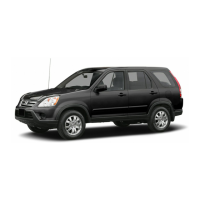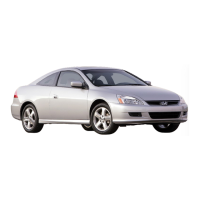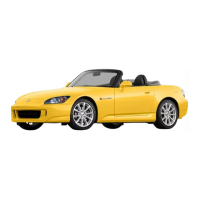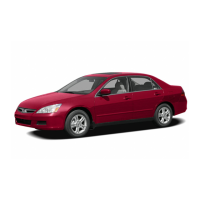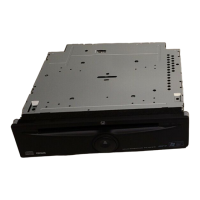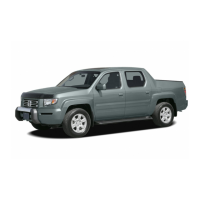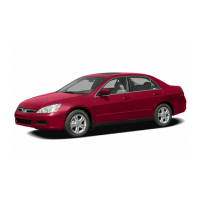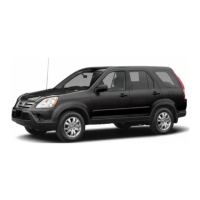
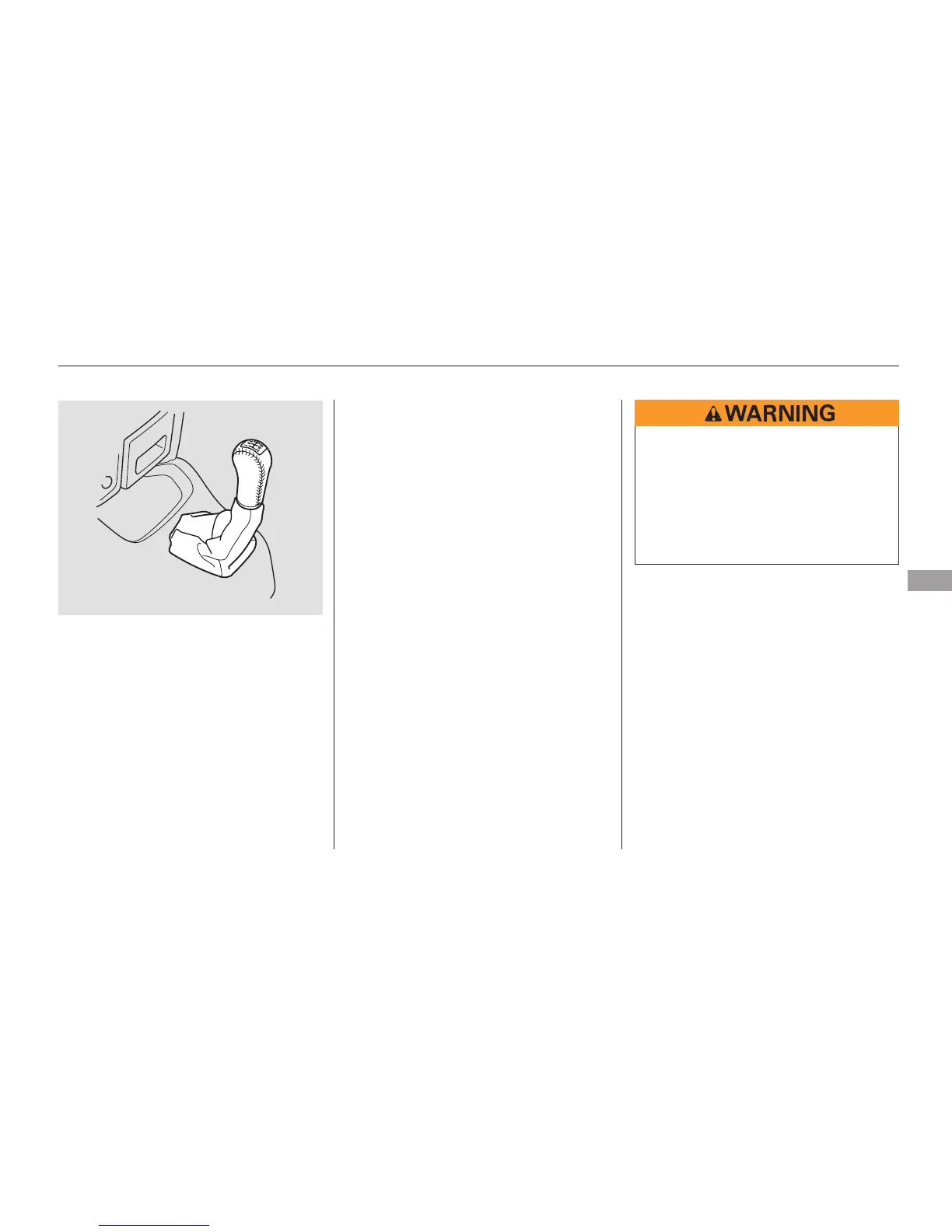 Loading...
Loading...
Do you have a question about the Honda 2006 CR-V and is the answer not in the manual?
| Brand | Honda |
|---|---|
| Model | 2006 CR-V |
| Category | Automobile |
| Language | English |
Key safety rules and recommendations for vehicle operation and occupant protection.
Details on the vehicle's built-in safety systems like airbags and seat belts.
Guidelines for safely seating and restraining adults and teenage passengers.
Essential guidelines for safely restraining all children in the vehicle.
Specific procedures for correctly restraining infants and small children using child seats.
Identifies the location of various vehicle controls and switches.
Overview of the vehicle's instrument panel and indicators.
Explanation of the vehicle's gauges like speedometer, tachometer, and fuel gauge.
Details on controls located on or around the steering wheel for driver convenience.
Instructions on operating the windshield wipers and washers for visibility.
Operation of turn signals, parking lights, and headlights.
Adjusting instrument panel illumination and using hazard warning lights.
Operation of the rear window defogger and parking brake.
Procedure for releasing the parking brake and adjusting the steering wheel.
Details on the vehicle's anti-theft immobilizer system.
Explanation of the ignition switch positions and their functions.
Operation of power door locks and childproof door locks.
Instructions for operating the tailgate and hatch glass.
How to use the remote transmitter for locking/unlocking and panic functions.
Basic instructions for adjusting front and rear seats for comfort and safety.
Proper adjustment of head restraints for occupant protection.
Instructions for folding down the rear seat-backs for cargo space.
Controls and operation of the vehicle's climate control system.
Overview of the vehicle's audio system and its capabilities.
Instructions for tuning, selecting stations, and using radio features.
How to load, play, and manage CDs in the audio system.
Instructions for playing cassette tapes in the audio system.
Guide to operating the optional XM satellite radio service.
How to use and adjust the cruise control system for driving.
Vehicle break-in procedures and recommended fuel types for optimal performance.
Essential checks and procedures to perform at a service station.
Step-by-step guide on how to safely open and close the vehicle's hood.
Procedure for checking the engine oil level and its importance.
How to check the engine coolant level and its role in cooling.
Guidance on installing accessories and the impact of modifications.
Recommendations for safely storing and transporting cargo in the vehicle.
General principles and precautions for safe and efficient vehicle operation.
Essential checks and adjustments to perform before starting to drive.
Procedures for starting the vehicle's engine under various conditions.
Operating instructions for vehicles equipped with a manual transmission.
How to operate the vehicle's automatic transmission and its modes.
Correct procedures for parking the vehicle safely in different situations.
Information on the vehicle's braking system, including design and wear indicators.
Explanation of the ABS function and how it works during braking.
Details on the VSA system for stabilizing vehicle control.
Guidelines and precautions for safely towing a trailer with the vehicle.
Recommendations for driving the vehicle on unpaved roads and off-road conditions.
Critical safety precautions to follow when performing vehicle maintenance.
Recommended service intervals for normal and severe driving conditions.
Diagrams showing the location of all essential vehicle fluid reservoirs.
Procedure for checking and adding engine oil to the vehicle.
Step-by-step guide for performing an engine oil and filter change.
Information on checking and adding engine coolant for the cooling system.
Details on checking and maintaining automatic transmission fluid.
Procedure for checking and replenishing manual transmission fluid.
How to check brake and clutch fluid levels and their importance.
Information on replacing various vehicle light bulbs.
How to check the condition and replace windshield wiper blades.
Guidance on tire maintenance, inflation, inspection, and replacement.
Monthly checks for battery condition and terminal corrosion.
Detailed instructions for safely changing a flat tire roadside.
Troubleshooting steps when the engine fails to start or cranks slowly.
Procedure for safely jump-starting the vehicle's battery.
Actions to take if the vehicle's engine overheats to prevent damage.
Understanding and responding to low oil pressure and charging system warnings.
Meaning of the 'Check Engine' light and potential causes.
Interpreting the brake system warning light and necessary actions.
General information about the vehicle's fuse system and their function.
Diagrams showing the locations of interior and under-hood fuse boxes.
Instructions on how to arrange for emergency towing of the vehicle.
Locating and understanding vehicle identification numbers (VIN).
Key vehicle dimensions, weights, capacities, and engine specifications.
Explanation of U.S. tire grading standards for treadwear, traction, and temperature.
Understanding the markings and codes found on tire sidewalls.
How the vehicle's emissions control systems work and their maintenance.
Information on preparing the vehicle for state emissions testing.
Contact information and procedures for Honda customer service.
Details on the various warranties covering the vehicle and its components.
How to report potential safety defects to NHTSA and Honda.
Information on how to purchase official Honda service and owner's manuals.
